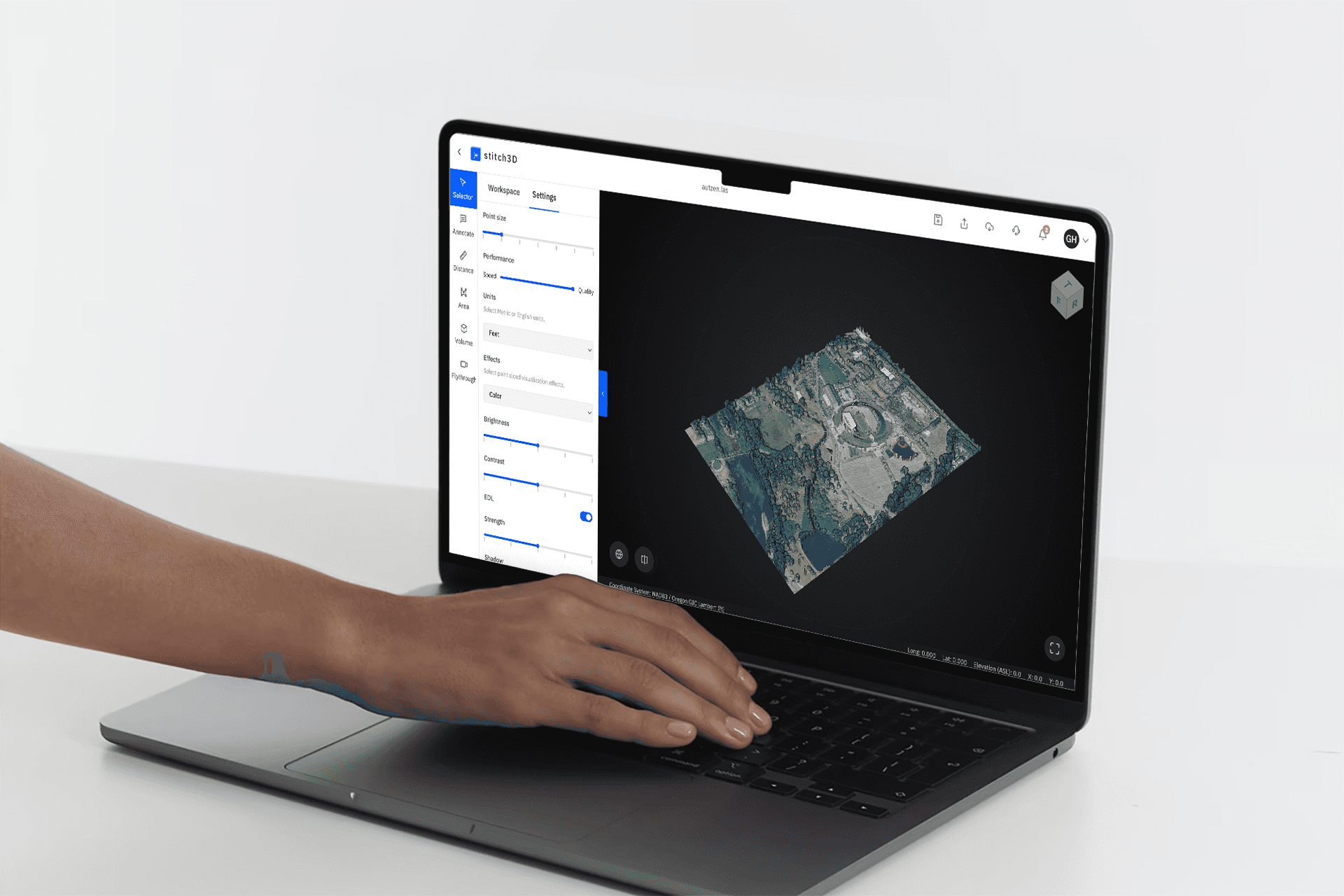
Work Details
Stitch3D
At Stitch3D, a B2B SaaS platform for LiDAR 3D mapping and data sharing, I worked as a software engineer on the web team in close collaboration with the classification team, building cloud-native infrastructure to support high-volume 3D asset processing. I contributed and shipped three core features tied to $2M in projected revenue—including faster gigabyte-scale uploads through chunked transfer, onUploadProgress monitoring, and Draco compression
Software Engineer Intern
5 months
New York, NY

Explore What I Built ⬇️
Feature 1 /
3D File Collaboration Panel
To support better teamwork around 3D data, I implemented a real-time collaboration interface where users can annotate, comment, and interact with point clouds alongside other team members. The goal was to make the 3D viewer more interactive and collaborative.
Frontend: React, Redux, WebSocket for real-time updates Backend: Node.js for comment handling APIs Database: MongoDB for storing metadata


Feature 2 /
Optimized Large 3D File Uploads
To improve upload speed for multi-gigabyte LiDAR files, I worked on performance tuning across both the client and server. I enabled chunked file transfer with Axios, added upload progress feedback, and applied Draco compression to shrink file sizes. On the server side, I handled stream-based uploads and autoscaling using AWS
Frontend: Axios, onUploadProgress, custom file chunking logic Backend: Node.js with async streams, TCP tuning, HTTP keep-alive Infrastructure: AWS S3 for storage, EC2 for scaling
Feature 3 /
Revamped Toolbar and Dashboard
I rebuilt the 3D viewer’s toolbar and dashboard to improve usability and make volume analytics easier to access. This included a more intuitive layout and tighter integration between measurement tools and visual components like stockpile volume.
Frontend: React, Redux, custom UI components Backend: RESTful APIs with Node.js for volume calculations Visualization: Three.js for rendering point cloud overlays

rh692@cornell.edu
©Gloria Hu 2025